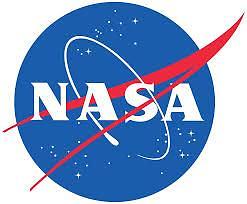
The newly-confirmed planet, Kepler-22b, is the smallest yet found to orbit in the middle of the habitable zone of a star similar to Sun. The planet is about 2.4 times the radius of Earth.
Scientists don't yet know if Kepler-22b has a predominantly rocky, gaseous or liquid composition, but its discovery is a step closer to finding Earth-like planets.
Previous research hinted at the existence of near-Earth-size planets in habitable zones, but clear confirmation proved elusive. Two other small planets orbiting stars smaller and cooler than Sun recently were confirmed on the very edges of the habitable zone, with orbits more closely resembling those of Venus and Mars.
"This is a major milestone on the road to finding Earth's twin," said Douglas Hudgins, Kepler program scientist at the NASA headquarters in Washington. "Kepler's results continue to demonstrate the importance of NASA's science missions, which aim to answer some of the biggest questions about our place in the universe."
Kepler discovers planets and planet candidates by measuring dips in the brightness of more than 150,000 stars to search for planets that cross in front, or "transit," the stars. Kepler requires at least three transits to verify a signal as a planet.
By Ruchi Singh




